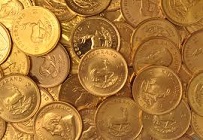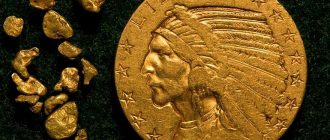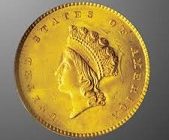Interested in South African gold 1 pound coin values? Learn more about the history and values of South African gold one pound coins…
South African coins and pound were the components of the nation’s currency in the past. Before the Union in 1910 different authorities issued their independent pounds and from 1920 – 1923 the British coins were widely circulated. However, the coins from the Paul Kruger South African Republic were also circulated.
By 1923 the first South African coins were issued and at that point a currency system was implemented to replicate the one in Britain. Thus the 12 pence became 1 shilling, 20s added to 1 pound. Tickey is the term used for the 3d and 2½c coins.
The Introduction of the Pound in SA
The Dutch colony of The Cape of Good Hope was administered by the Dutch East India Company from 1652 to 1795. In 1795 the British seized it and then returned it to the Dutch because of the terms of the Treaty of Amiens.
In 1806 there was a proclamation that prohibited the export of coinage or fixing the value of the different coins in the colony. Now the values were defined as a guinea – 1.2 pounds, the Doubloon was 4 pounds and the English Shilling was .10 pound, while the copper coin was 0.002 pound respectively.
Later years saw the introduction of British coins, but the paper Rixdaalers worth four English shillings also circulated until January 1, 1826. That was the time that British currency was authorized as the sole legal tender in the colony. After that paper Rixdaalers were redeemed for 1s 6½d each.
After the Anglo-Boer War in 1902 with Britain, the Zuid-Afrikaansche Republiek or ZAR went on to produce a rich variety of bank notes and coins. The gold pieces comprising the one pound and half pond issues from 1892 – 1900 are still favorites among coin collectors.
The area of Transvaal was encompassed under the ZAR. As the Boers (Dutch Afrikaans) were dissatisfied with the British rule in the Cape, they started the epic Great Trek from 1835 – 43.
Here they relocated and reestablished themselves in the central part of the country and created the ZAR in 1852 and the Orange Free State two years later in 1854. The image of the Voortrekker wagon shown on many South African coins pays homage to that migration. The image is printed on both the one pound and half pound pieces of coinage issued from 1892 to 1900.
In 1867 the discovery of gold and diamond mines spurred the need for currency and even though there were cyclic booms and busts, the South African economy and people moved towards prosperity blessed by their abundant land.
A central banking system was established in 1891 under the watchful eye of the President of the Republic, Paul Kruger. The ‘De Nationale Bank der Zuid-Afrikaansche Republiek’ opened for prospectors, investors and civilians in 1891 and saw prosperity through great administration and policies.





